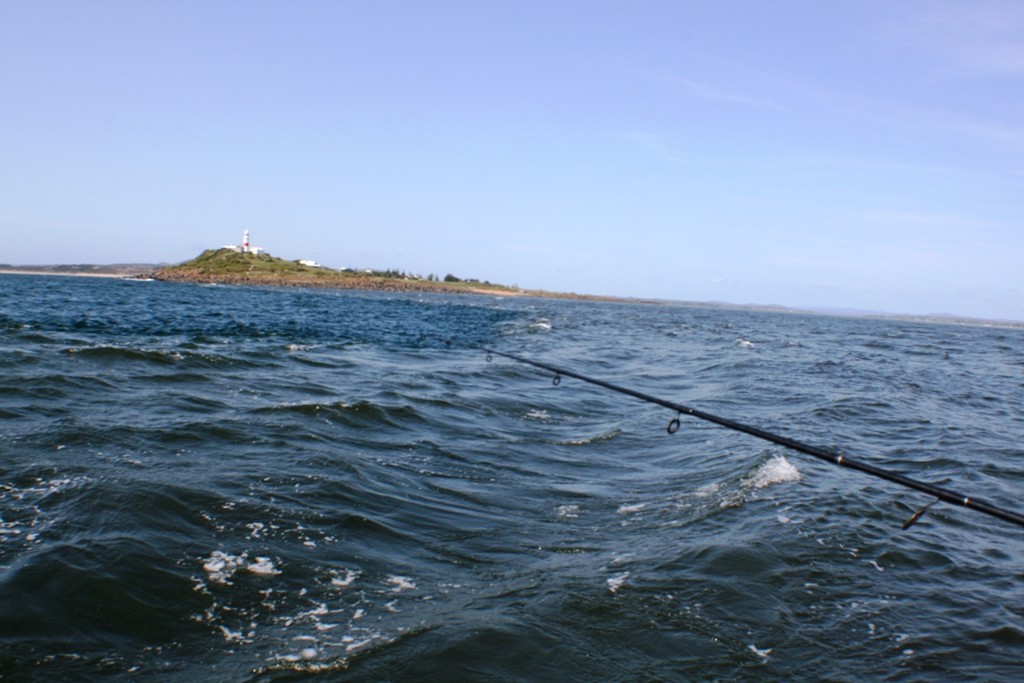Fishing Lizard Island Tasmania
by Carl Hyland on 12 Sep 2011

Flinders Island fish! - Fishing Lizard Island Carl Hyland - copyright
You would be forgiven for thinking you were in some tropical resort whilst fishing in Tasmania’s pristine waters, for one recreational catch that often goes unnoticed is the humble flathead, which features on catch lists around the Barrier Reef and other exotic locations.
As a staple fish in Tasmanian waters through every season, flathead (Lizards) are high on the want to take home lists for nearly every angler.
Two popular species that are available in Tassie waters are the Sand flathead, which can grow to a length of 50cm and over 2kg in weight. Sandies spawn in Tasmanian waters from September to February and big breeding females are often caught inshore and anglers catching these larger fish are encouraged to release them to continue spawning. These larger fish often lay on sandy bottoms and ambush their prey by stealth attack, so a bait or lure presented correctly will often bring them undone. There is a bag limit of 15 and a possession limit of 30 and a legal size of 30cm for this species.
Tiger flathead are a different species again and are often known as King flathead and are also high on the catch list in estuarine and offshore waters. This species can attain a length of 65cm and vary in weight. Size limit is 30cm and the same possession limit applies as for sand flathead.This species is known for its sharp teeth (see pic) and can do some serious damage if they get hold of anglers fingers or skin. Of course, flathead are also known for their sharp spines which can also inflict a nasty wound with severe pain following. A neutralizing fluid such as vinegar can help or the application of Stingose will ease the pain.
Many lures and soft plastics will take flathead and I prefer soft plastics and lures that have a deeper range than normal. People think you have to fish deep to get amongst these fish and that’s true to a degree but the big fish will rise from the bottom to attack anything that takes their eye.
In the baits stakes, I find octopus a winner followed closely by squid and pilchards then crabs or prawns which are the staple diet of most flathead.
A range of hook types and sizes, including 'J' and 'Suicide' hooks are commonly used when bait fishing for flathead. Circle hooks represent an alternative to traditional hook types, and are gaining popularity in Australia for a range of species. Research shows that circle hooks are just as likely to catch flathead as the more commonly used hook types but, importantly, are far less likely to deep-hook fish. Circle hooks are designed in such a way that fish hook themselves and are less prone to being swallowed than more commonly used hook types. Using circle hooks does
require an adjustment to fishing practices in that you do not need to strike on the bite.
If you want to link to this article then please use this URL: www.sail-world.com/88382

